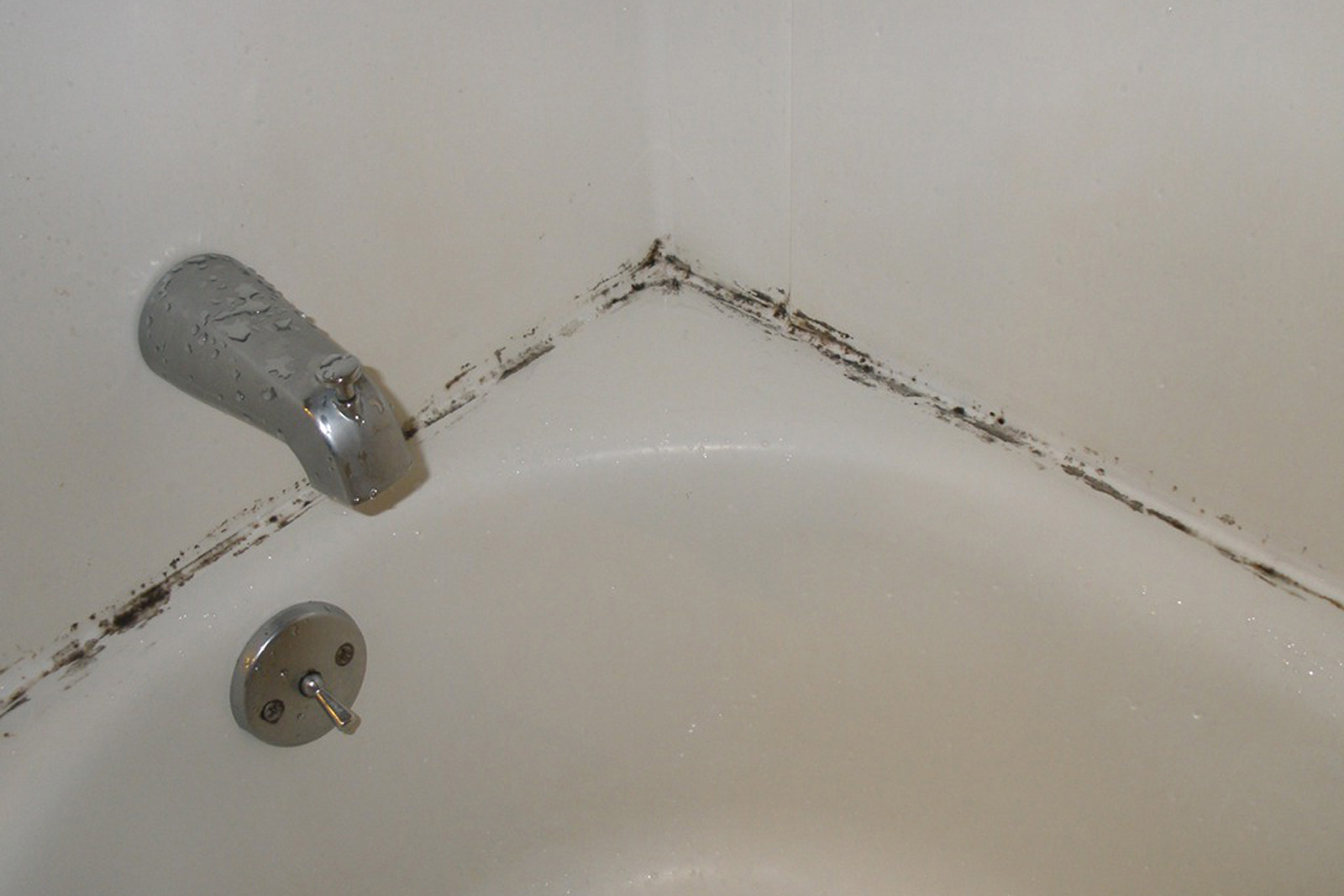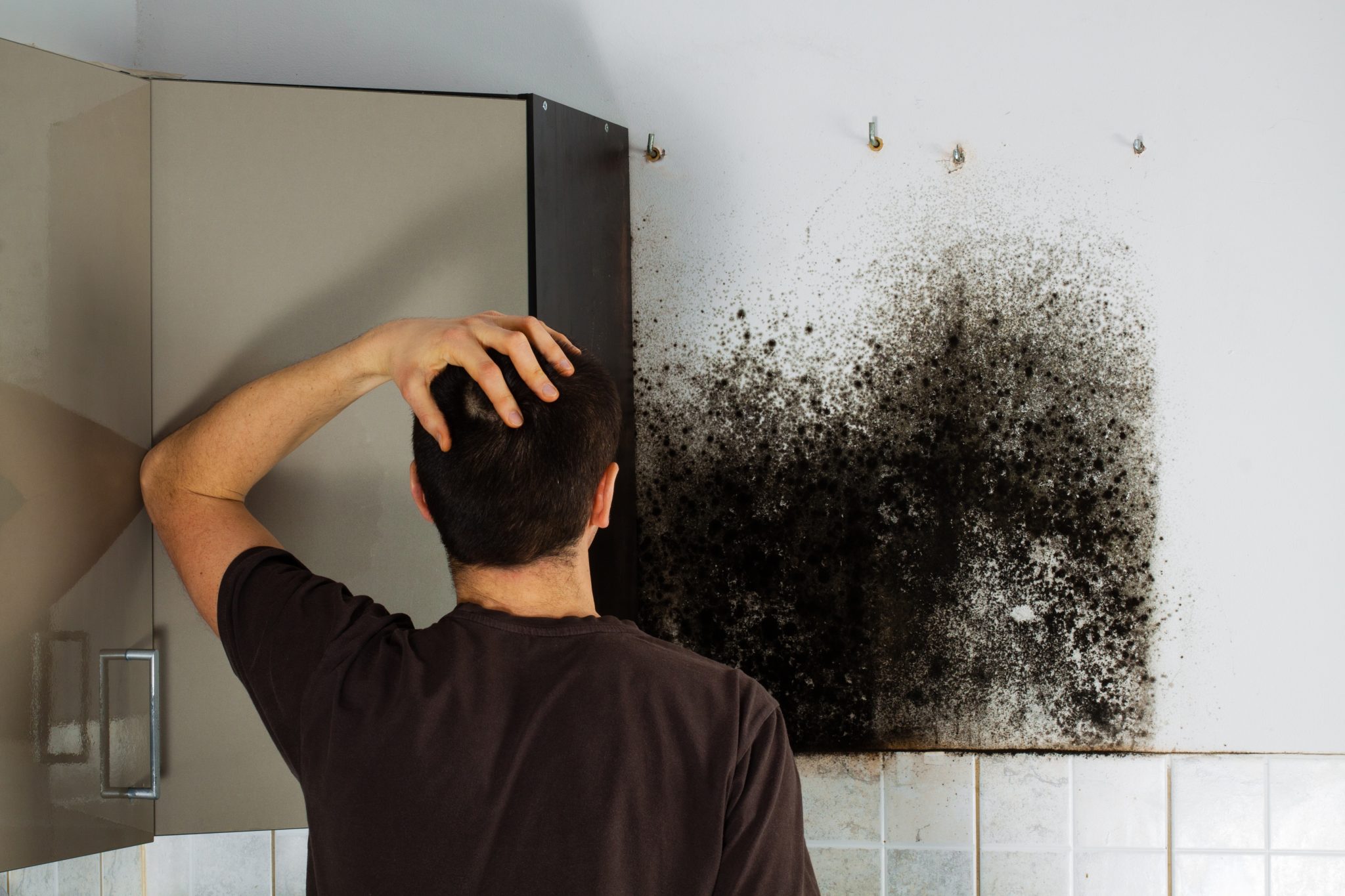Understanding Black Mold in Bathrooms: How Bad Is Black Mold In Your Bathroom

Black mold, also known as Stachybotrys chartarum, is a type of fungus that thrives in damp and humid environments. It’s commonly found in bathrooms, where moisture and lack of ventilation create the perfect breeding ground.
Black Mold Characteristics
Black mold is typically dark green or black in color and has a slimy or fuzzy texture. It grows in colonies, often appearing as patches or streaks on surfaces.
The most common types of black mold found in bathrooms include:
- Stachybotrys chartarum (black mold)
- Aspergillus (a common indoor mold)
- Penicillium (a common type of mold)
Black mold thrives in damp environments with high humidity levels. Bathrooms are particularly susceptible due to frequent showers, leaky pipes, and poor ventilation.
Health Risks Associated with Black Mold
Exposure to black mold can pose significant health risks, especially for individuals with pre-existing respiratory conditions or allergies. Common health problems associated with black mold exposure include:
- Respiratory problems: Coughing, wheezing, shortness of breath, and asthma attacks.
- Allergies: Sneezing, runny nose, itchy eyes, and skin rashes.
- Potential long-term health effects: Some studies suggest a link between prolonged exposure to black mold and chronic respiratory problems, neurological disorders, and even cancer.
Conditions Contributing to Black Mold Growth in Bathrooms
Several factors contribute to the growth of black mold in bathrooms:
- High humidity: Bathrooms are inherently humid due to showers and baths. Condensation on surfaces creates a moist environment that encourages mold growth.
- Moisture: Leaky pipes, dripping faucets, and inadequate drainage can lead to persistent moisture, creating ideal conditions for black mold.
- Poor ventilation: Insufficient ventilation allows moisture to linger in the air, promoting mold growth. This is especially problematic in bathrooms with closed windows and inadequate exhaust fans.
Identifying Black Mold in Your Bathroom

Black mold, a common bathroom problem, can pose health risks. Identifying it early is crucial for preventing further growth and potential health issues.
Visual Cues of Black Mold, How bad is black mold in your bathroom
Black mold’s presence is often revealed through visual cues. While it can appear in various shades of black, gray, or green, the telltale sign is a distinct musty odor.
- Discoloration: Look for dark patches or streaks on surfaces, especially in damp areas. Mold can also appear as fuzzy or slimy growths.
- Musty Odor: A distinctive, earthy, or mildew-like smell can indicate mold growth, even if you can’t see it.
- Structural Damage: Mold can damage materials, leading to warping, peeling paint, or crumbling drywall.
Common Areas for Black Mold Growth
Bathrooms are prone to moisture, making them ideal breeding grounds for black mold.
- Shower Stalls: The constant exposure to water and steam makes shower stalls a prime location for mold growth.
- Grout Lines: Grout between tiles is porous and can trap moisture, making it susceptible to mold growth.
- Under Sinks: Leaky pipes or condensation can create dampness under sinks, fostering mold growth.
- Ceiling and Walls: Condensation from hot showers can accumulate on ceilings and walls, creating a breeding ground for mold.
Tips for Inspecting Your Bathroom for Black Mold
Thorough inspection is crucial for detecting black mold.
- Hard-to-Reach Areas: Check behind toilets, under cabinets, and in corners, where moisture can accumulate.
- Use a Flashlight: Shine a flashlight in dark or shadowed areas to enhance visibility.
- Check for Signs of Moisture: Look for signs of water damage, such as peeling paint, warping wood, or discolored drywall.
Addressing Black Mold Growth

Black mold in your bathroom can be a serious issue, requiring immediate attention. While minor infestations can be tackled with DIY methods, severe cases demand professional intervention. This section will discuss the importance of professional mold removal, effective cleaning methods for minor infestations, and preventative measures to minimize the risk of future growth.
Professional Mold Removal
Professional mold removal is crucial for severe infestations, as DIY attempts can pose significant health risks. Exposure to black mold can trigger allergic reactions, respiratory problems, and even chronic illnesses. Professional mold removal companies have the expertise, equipment, and safety protocols to safely and effectively eliminate the mold, preventing further health complications.
Cleaning Minor Mold Growth
For minor mold growth, a bleach solution can be effective. Mix one cup of bleach with one gallon of water and apply the solution to the affected area. Ensure adequate ventilation during the cleaning process, as bleach fumes can be harmful. After applying the bleach solution, thoroughly rinse the area with clean water and allow it to dry completely.
Preventing Future Black Mold Growth
Preventing future black mold growth is crucial to maintaining a healthy bathroom environment. Here are some preventative measures:
- Address Moisture Sources: Fix leaky pipes, faucets, and showerheads promptly. Ensure proper ventilation by using exhaust fans during and after showers. Dry wet surfaces promptly to prevent mold growth.
- Improve Ventilation: Ensure your bathroom has adequate ventilation. Use an exhaust fan during and after showers to remove moisture. Consider installing a window if possible to allow for natural ventilation.
- Maintain Proper Bathroom Hygiene: Regularly clean your bathroom, especially areas prone to moisture buildup. Clean grout and sealants to prevent mold growth. Keep toiletries and other items stored in dry areas.
